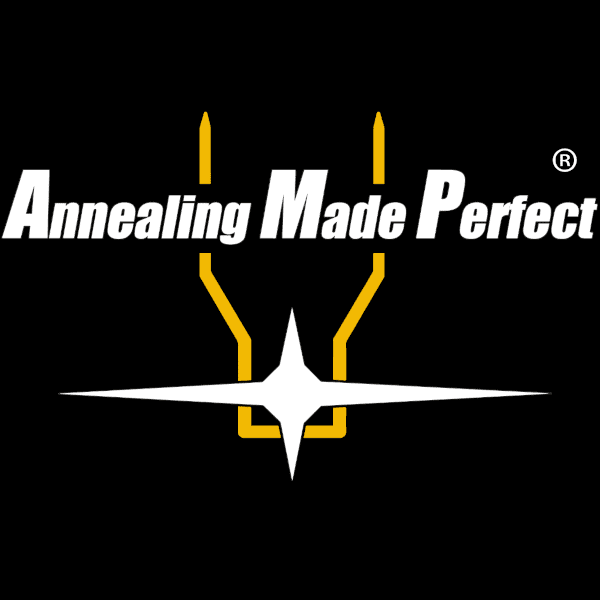baldhunter
Well-Known Member
Keep each lot of brass separate by number of times fired.If you anneal,anneal all the fired brass at the same amount of times fired.This really helps with equal neck tension and improved accuracy.I've changed the way I handle my brass these days.Instead of working up a large batch of brass ready to load,I work with a smaller batch of brass,like 40 or so at a time and write on the case,1,2,3,4 or whatever the number of times fired.After I shoot,I can then put the spent cases in a plastic bag marked with the number of times fired.It sure helps a lot.I've found that when brass that starts to fail after a certain number of times fired,multiple brass in the group will fail too.I know then it's time to get rid of that group of brass and start a new group.If you have a large group of mismatched fired brass you won't really know when it's time to get rid of it until it fails.Consistency is the key with brass.The more you keep it all the same the better.


